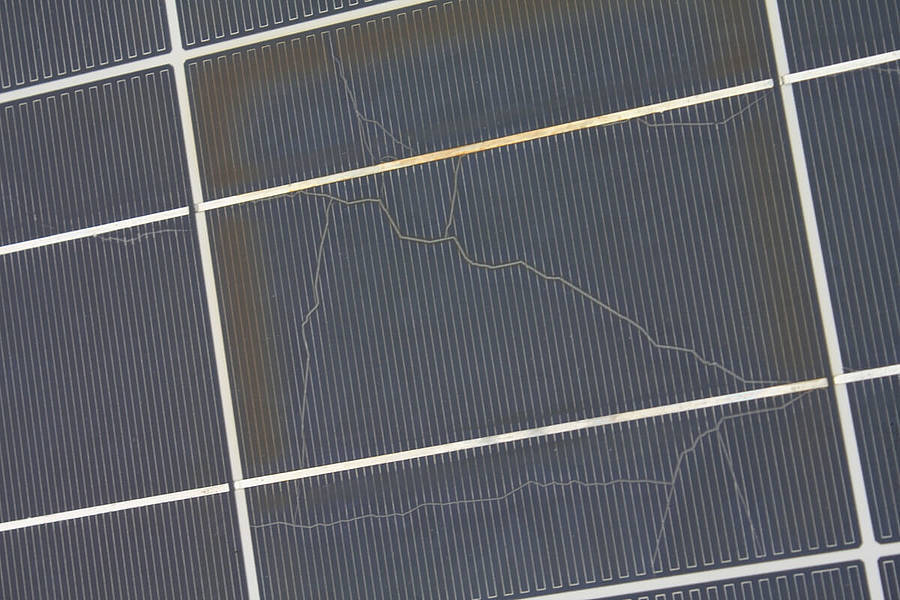
Solar panels are built to handle tough conditions, but Texas weather can push them to the limit. With strong winds, hail, and unpredictable storms throughout the year, it’s important for homeowners to understand how these conditions affect solar systems — and how to protect them.
Even if panels look fine after a storm, hidden damage can reduce efficiency and lead to costly issues later. Here’s what every Texas homeowner should know about storm damage and solar panel safety.
1. Hail Damage: The Most Common Threat
Hail is one of the biggest concerns for solar systems in Texas. While most panels are designed to withstand hail up to one inch in diameter, larger or high-velocity hail can still cause cracks or microfractures in the glass.
These cracks often go unnoticed at first but can lead to reduced energy production or allow moisture to enter the panel, creating long-term damage. A post-storm inspection is essential for catching these issues early.
2. High Winds and Mounting Damage
Strong winds can loosen panel mounts or shift wiring. If the racking system isn’t properly anchored, panels may lift slightly or tilt, reducing their sunlight exposure and overall performance.
Technicians inspect mounts, flashings, and connections after storms to ensure the panels remain secure and roof-safe.
3. Water Intrusion and Electrical Hazards
Heavy rain can expose weak seals or cracked junction boxes, allowing water to reach internal wiring. This can cause electrical shorts or even inverter malfunctions.
Regular maintenance ensures waterproof seals and flashings stay intact, preventing moisture-related issues before they start.
4. Debris and Dirt Buildup
High winds can carry dust, branches, and leaves that scratch or cover your panels. After a storm, cleaning is often necessary to restore full sunlight absorption and maintain peak efficiency.
It’s always best to let professionals handle the cleaning — especially if debris is heavy or your roof is steep.
5. Hidden Microfractures
Even small impacts can create microfractures invisible to the eye. These hairline cracks can expand over time due to heat and pressure changes, eventually lowering power output.
Thermal imaging and professional inspections detect microfractures early to prevent long-term losses.
6. Damaged Inverters or Power Loss
If your system stops reporting data or energy output drops sharply after a storm, your inverter or wiring could be affected. Inverter damage is one of the most common post-storm issues and should be repaired only by licensed technicians.
7. Roof Damage Beneath Panels
Because solar panels cover sections of your roof, it’s not always easy to spot storm-related roof damage beneath them. Detach and reset services ensure panels are safely removed, your roof is inspected, and everything is reinstalled properly.
This coordinated service protects both your roof warranty and your solar system.
8. Performance Monitoring After Storms
Your monitoring app can provide the first clue that something’s wrong. If you notice lower production, fluctuating readings, or no data after a storm, that’s a clear sign it’s time for an inspection.
Monitoring helps you identify potential damage immediately — even before it becomes visible.
9. Insurance and Warranty Considerations
If a storm causes visible damage, take clear photos before any cleanup and contact your insurance provider. Most policies cover storm-related solar damage, and your installer’s warranty may help with specific parts or repairs.
Professional documentation from a certified solar company makes claims easier and faster.
10. Prevention is Key
The best way to avoid costly repairs is prevention. Regular inspections and maintenance ensure your system is ready for the Texas storm season. Technicians can check mount integrity, seal strength, and wiring before bad weather hits.
Proactive care helps you catch weak points early — protecting both your roof and panels.














